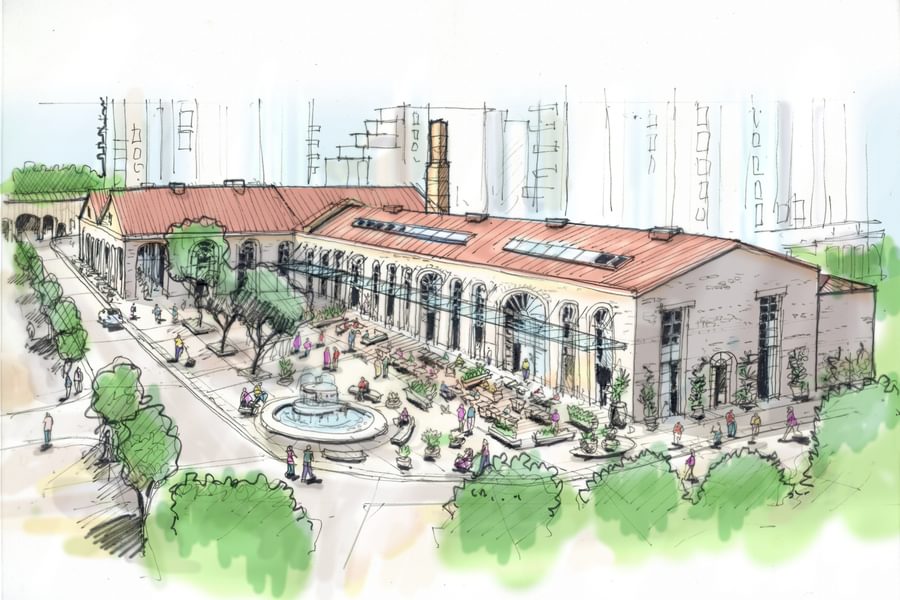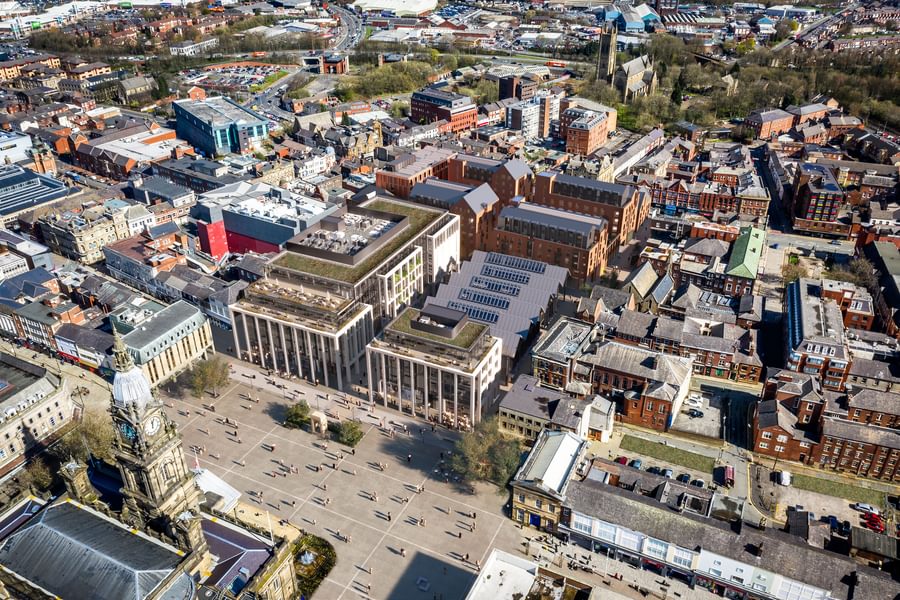
Why hand sketching is still at the heart of our creative processes
Although we were among the first architectural companies to fully embrace digital drawing tools such as AutoCAD and BIM Revit, Chapman Taylor are firm believers that, sometimes, nothing can beat a pencil and paper.
Hand-drawn sketches are still a key design tool for our projects, whether for helping to visualise the earliest concept stages, describing details, helping to solve problems or providing the framework for an entire urban district.
We don’t use hand sketching just for tradition’s sake – it serves a number of very useful roles and is one of a range of crucial design tools, just as important as the most sophisticated digital technology.
At its heart, sketching is about communicating ideas where, sometimes, words are not adequate to convey the richness and complexity of a vision. Digital technology has many great advantages, but it does not match the immediacy and ease of being able to draw an idea, particularly in the middle of a discussion with a client or during a creative brainstorming session.
The instantaneous transfer of a thought or vision from brain to hand allows a level of subtlety and fluidity which would otherwise be interrupted or slowed considerably when using computer programmes (although advances in sketching software are helping to close the gap).
Hand sketching can even be used to create a dynamic visual dialogue, with ideas and concepts being traded back and forth to finesse a vision or solve problems very quickly before digital technology is engaged. Once in the digital sphere, design can become embedded, losing the agility and adaptability that hand sketching offers. Just a few hours of sketching can save time by quickly developing a design.
Important elements which can make or break the success of a space’s design can be explored, and amended, with relative ease through the sketching process. Materiality, colours, layout, massing, forms, proportions, orientations, relationships with nearby buildings and spaces, allocation of functions, use of space and architectural styles can be explored to ensure that the built space is one which is suitable both for its context and for the needs of its end users.
Ultimately, hand sketching is a deeply satisfying art form in its own right, and there is a certain beauty and romance in seeing a sketch become a realised built environment. Hand sketching can bring a high level of personality to an early concept design. On many of our projects, it is remarkable to compare early design sketches with photographs of the finished developments and realise just how similar they are, or else to trace the evolution of a design through its sketching history.
Some of our most popular and award-winning spaces, used by thousands of people, began life as a thought being expressed through lines of a pen or pencil on paper. We value these sketches as highly as the most advanced project models or CGIs because we know that, without them, many of the projects we create would lack some of the key elements that make them sustainable and successful.
























